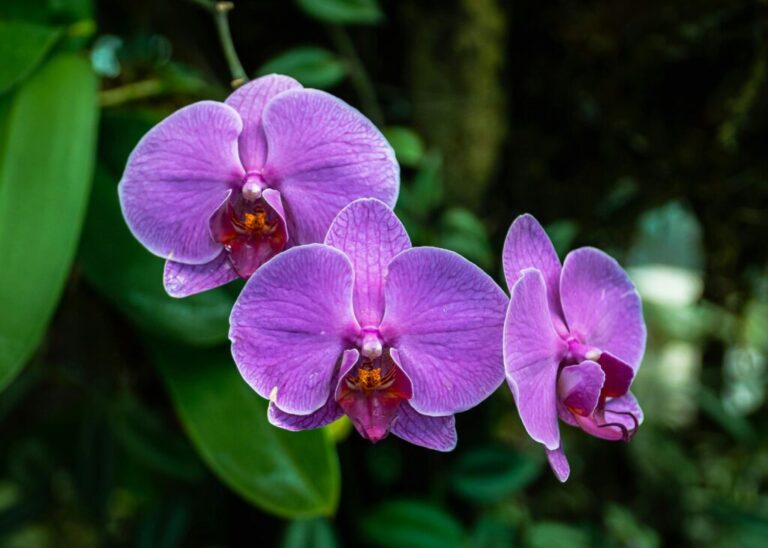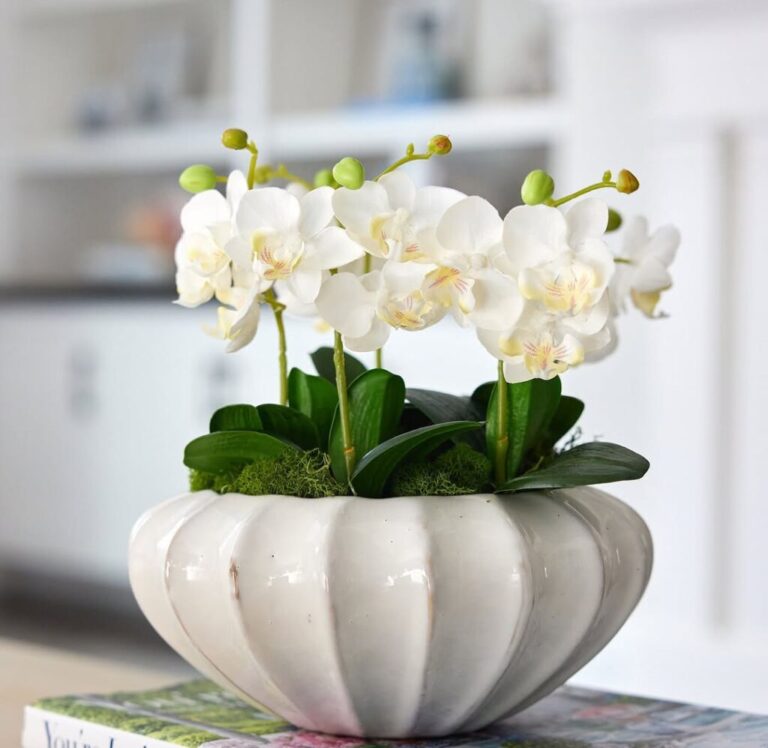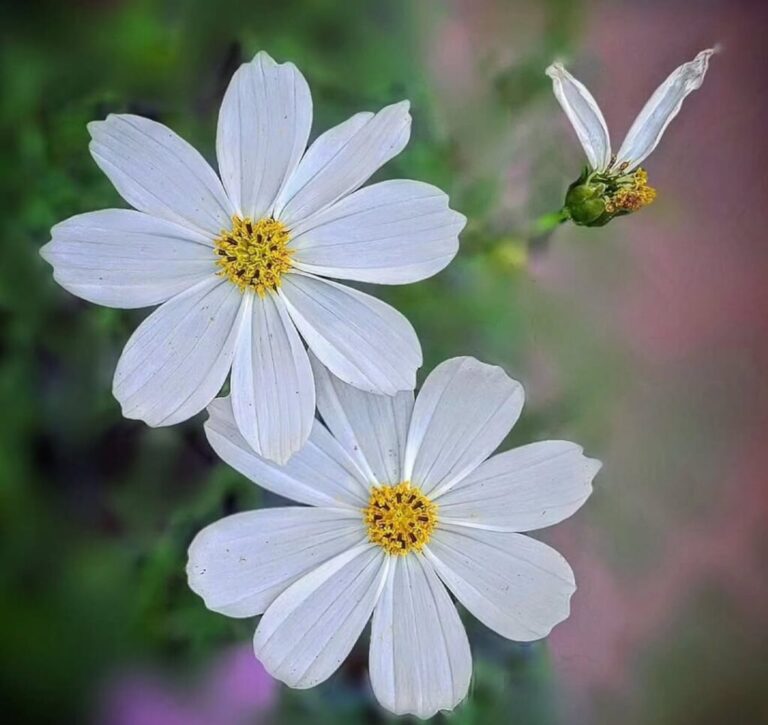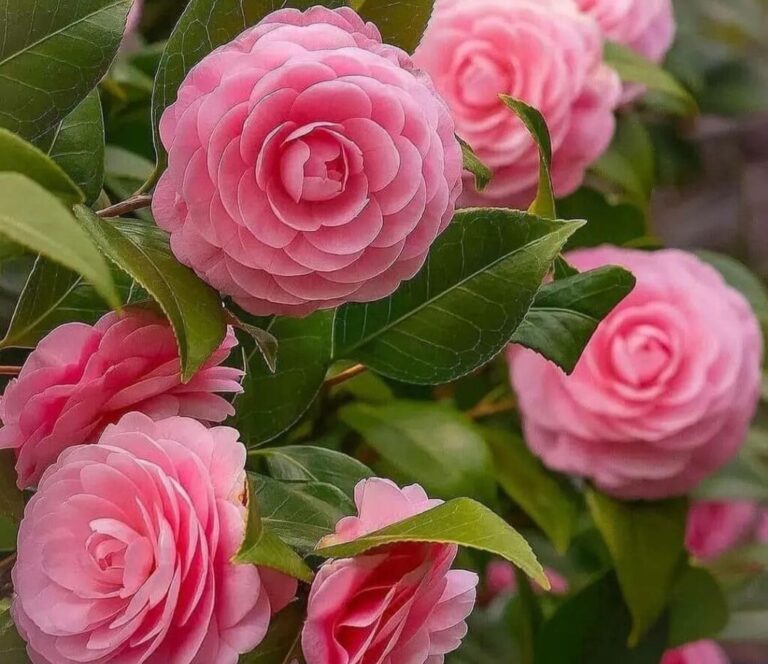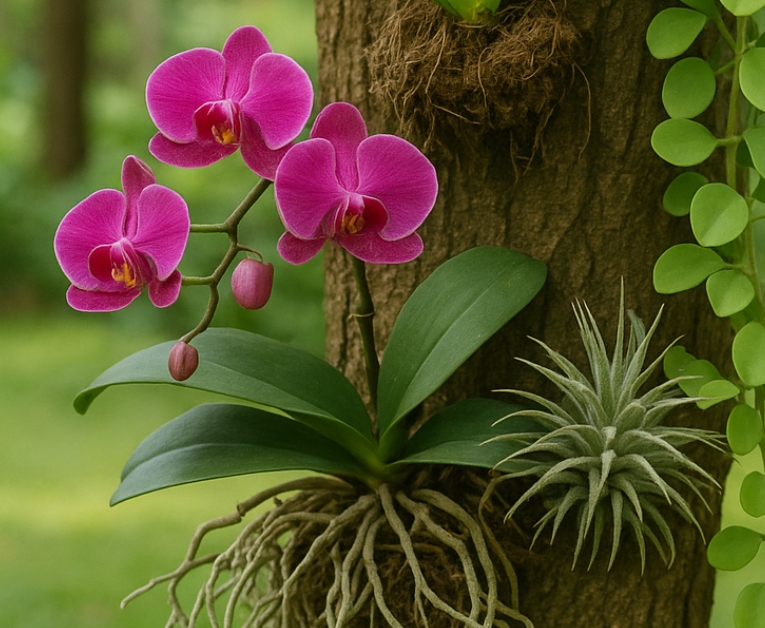Avoiding Mistakes in White Dendrobium Orchid Care
Orchids are known for their elegance and beauty, and the White Dendrobium orchid is no exception. With its pristine white flowers and delicate allure, it’s no wonder why so many orchid enthusiasts are drawn to this particular variety. However, caring for white dendrobium orchids can be a bit tricky, and even the most experienced growers can make mistakes. In this blog post, we’ll explore some common pitfalls and provide you with valuable tips to avoid them, ensuring your white dendrobium orchids thrive and bloom vibrantly.
Proper Lighting:
One of the most critical aspects of White Dendrobium orchid care is providing the right amount of light. These orchids thrive in bright but indirect light. Avoid exposing them to direct sunlight, as it can scorch their delicate foliage and flowers. On the other hand, insufficient light can lead to weak growth and a lack of blooming. Place your orchids near a north- or east-facing window where they can receive adequate, filtered light throughout the day.

Temperature and Humidity:
White Dendrobium orchids prefer a warm and humid environment, replicating their natural habitat. Keep the temperature between 65°F and 80°F (18°C and 27°C) during the day and slightly cooler at night. Avoid placing them near draughts or temperature fluctuations, such as air conditioning vents or heating appliances. Maintaining humidity levels around 50–70% is essential. You can achieve this by using a humidifier, placing a tray filled with water near the orchids, or grouping them together.
Watering Techniques:
Orchids are often susceptible to overwatering, and white dendrobiums are no exception. Avoid the temptation to drown your orchids with excessive watering. Instead, follow the “dry then wet” approach. Allow the potting medium to dry out slightly before watering thoroughly. This mimics the natural rainfall patterns these orchids experience in their native habitats. Additionally, ensure proper drainage by using a well-draining orchid mix, allowing excess water to escape the pot.
Fertilization Wisely
While providing adequate nutrition is crucial for healthy orchid growth, it’s important not to overdo it. White Dendrobium orchids benefit from a balanced orchid fertiliser, diluted to half strength, applied every two to four weeks during the active growing season. However, during the dormant period, reduce or eliminate fertilisation altogether. Be mindful not to apply fertiliser to dry roots, as it can cause burn damage.
Repotting Wisely:
As your White Dendrobium orchid grows, it may eventually outgrow its current pot. Knowing when and how to repot is essential. Wait until the orchid has finished flowering and is in its active growth phase. Choose a slightly larger pot with good drainage and use a fresh orchid mix. Gently remove the orchid from its old pot, trimming away any dead or rotting roots. Place it in the new pot, ensuring the roots are snug but not crowded. Avoid burying the pseudobulbs, as this can lead to rot.
By paying attention to these key factors and avoiding common mistakes, you can provide optimal care for your white dendrobium orchids. Remember, each orchid is unique, and it may take some trial and error to find the perfect balance for your specific plant. With patience, observation, and a little love, you’ll be rewarded with stunning blooms and the satisfaction of successfully nurturing these enchanting orchids.
Pruning and Maintenance:
Regular pruning is essential for maintaining the health and appearance of your White Dendrobium orchids. After the flowers have faded and the stems have turned yellow or brown, it’s time to trim them back. Using sterilised pruning shears, cut the stem just above a node or joint. This encourages new growth and helps prevent the spread of diseases. Additionally, remove any dead or yellowing leaves to maintain a clean and tidy appearance.
Air Circulation:
Proper air circulation is crucial for white dendrobium orchids to thrive. Stagnant air can lead to the development of fungal diseases and rot. To ensure good airflow, avoid overcrowding your orchids by giving them enough space between each plant. Placing a small fan nearby on a low setting can also help improve air circulation, especially in areas with poor ventilation.
Pest Control:
Orchids, including White Dendrobiums, are occasionally targeted by common pests such as aphids, mealybugs, and scale insects. Regularly inspect your orchids for any signs of infestation, such as sticky residue, distorted leaves, or tiny insects on the plant surfaces. If you detect pests, act promptly to prevent them from spreading. Use appropriate organic or chemical treatments specifically formulated for orchids, following the instructions carefully, to protect the plant while effectively eliminating the pests.
Resting Period:
White Dendrobium Orchids have a natural resting period during which they need reduced watering and cooler temperatures. After the flowering season, usually in late winter or early spring, gradually reduce the watering frequency to allow the orchid to enter its dormant phase. During this period, which can last several weeks to a few months, provide slightly cooler temperatures and limit fertilisation. This resting period prepares the orchid for its next blooming cycle.
Observation and adaptation:
Every orchid enthusiast should develop the habit of closely observing their plants. Pay attention to any changes in leaf colour, texture, or growth patterns. Observe how your orchids respond to various environmental conditions and adjust your care routine accordingly. Orchids are adaptable and can indicate their needs through their appearance. By staying attentive and responsive, you can fine-tune your care approach and provide personalised attention to each of your white dendrobium orchids.
wrong potting materials
Planting orchids in the wrong potting material can have detrimental effects on their overall health and growth. Regular potting soil retains too much moisture, leading to root rot, while heavy potting mixes impede air circulation and drainage, suffocating the roots. Organic materials that break down quickly, like sphagnum moss or coconut husk chips, can cause compaction and restrict root access to air and water.
Additionally, overcrowding the roots in small pots or using inadequate amounts of potting mix hinders their growth. A lack of inorganic components in the mix further contributes to poor drainage and airflow. To avoid these issues, it is crucial to use specialised orchid potting mixes that provide excellent drainage, aeration, and room for root expansion.
By selecting the appropriate potting materials, you create an optimal environment for your orchids, promoting healthy root growth and overall plant vitality.
Caring for white dendrobium orchids can be a rewarding experience, allowing you to enjoy the beauty and grace of these exquisite flowers. With these tips in mind and a commitment to learning from your orchids, you’ll be well-equipped to avoid common mistakes and create an optimal environment for their growth. Remember, patience, consistency, and a deep appreciation for nature’s wonders will take you far in your orchid journey. Happy growing!
FAQ
How should I water my White Dendrobium Orchid to avoid overwatering?
Water your White Dendrobium Orchid when the potting mix is almost dry. Avoid letting the roots sit in water, since this might cause root rot. Use a well-drained potting mix, and make sure the pot has drainage holes.
Typically, watering once a week is sufficient, but this can vary based on the environment.
What kind of light does a White Dendrobium Orchid need to thrive?
White Dendrobium Orchids need bright, indirect light. Avoid direct sunshine, since it might scorch the foliage.
An east-facing window is ideal, or you can place the orchid near a south or west window with sheer curtains to filter the light.
How can I prevent my White Dendrobium Orchid from developing fungal infections?
Ensure good air circulation around your orchid and avoid letting water sit on the leaves or in the crown of the plant. Water in the morning so the plant can dry before the evening.
Use a fungicide if you notice any signs of fungal infection, such as black spots or mold.
What is the best temperature range for a White Dendrobium Orchid?
White Dendrobium Orchids prefer a temperature range of 65-75°F (18-24°C) during the day and slightly cooler at night, around 55-65°F (13-18°C). Avoid exposing the orchid to sudden temperature changes or drafts, as this can stress the plant.

